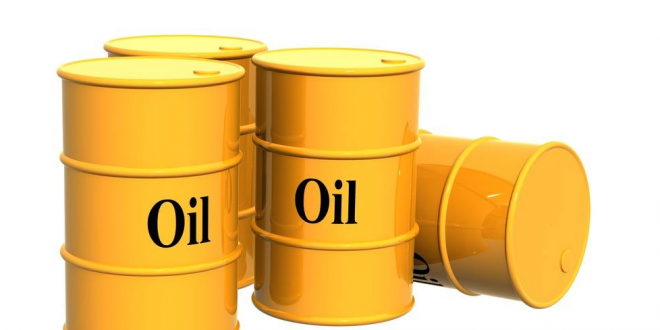Oil prices fell about $1 on Monday in volatile trade, reversing some gains from the previous session, as worries about a recession and China’s Covid-19 curbs hitting demand outweighed ongoing concerns about tight supply.
Brent crude futures fell 82c, or 0.8%, to $106.20 at 5.14am, after climbing 2.3% on Friday.
US WTI crude futures declined by $1.04, or 1%, to $103.75, paring a 2% gain from Friday.
Trading was thinned by a public holiday in parts of Southeast Asia, including oil trading hub Singapore.
Both contracts posted weekly declines last week as the market was dominated by worries that rising interest rates to curb inflation would spark a recession and dent oil demand.
“Net long positions in WTI crude futures are now at their lowest level since March 2020, when demand collapsed amid the initial outbreak of Covid-19. This is despite ongoing signs of tightness,” ANZ Research analysts said in a note.
Both benchmark contracts traded lower in early trade on Monday then turned positive, before turning down again.
Data for July 10 on Covid-19 cases in China showed numbers had climbed from the previous day. Concerns remain about the potential for wider lockdowns after a new Omicron subvariant was discovered in Shanghai.
On the supply side, the market remains nervous about plans by Western nations to cap Russian oil prices, with President Vladimir Putin warning further sanctions could lead to “catastrophic” consequences in the global energy market.
Another key factor traders will be watching is maintenance on the Nord Stream 1 pipeline, the biggest single pipeline carrying Russian gas to Germany, due to run from July 11 to 21. Governments, markets and companies are worried the shutdown might be extended due to war in Ukraine.
“The big problem for markets right now — forget Covid-19 and Biden headlines — it’s going to be whether Nord Stream comes back on again,” said Stephen Innes, managing partner at SPI Asset Management.
If the pipeline does not come back on as scheduled on July 22, it could lead to gas demand destruction in Europe, which would spur an economic slowdown and flow through to weaker oil demand and stagflation, he said.
“Until we get clear of that major risk event we’ll stay in this loop of good and bad in the oil market,” Innes said.
Questions also remain about how long more crude will flow from Kazakhstan via the Caspian Pipeline Consortium (CPC).
Supply has continued so far on the pipeline, which carries about 1% of global oil, even after it was ordered by a Russian court last week to suspend operations.
CPC Blend crude oil exports are set to rise to 5.45-million tonnes for August from 4.86-million tonnes in July, a loading schedule showed.

 Iran Energy News Oil, Gas, Petrochemical and Energy Field Specialized Channel
Iran Energy News Oil, Gas, Petrochemical and Energy Field Specialized Channel



